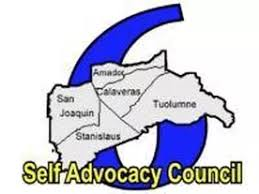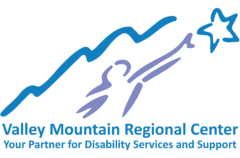A Civil Rights Movement
Self-Advocacy refers to the civil rights movement for people with intellectual and developmental disabilities (IDD), and has its beginnings in the national and global disability right movement. The disability rights activists demanded accessibility to all parts of their communities including buildings and transportation, they demanded a halt to the institutional bias to be replaced by prioritizing independent living, employment equity, education, and affordable and accessible housing.
People with developmental disabilities also had their own unique challenges as a group largely separated from society in intuitions during the first three quarters of the 20th century. The Self-Advocacy movement for people with developmental disabilities demanded that they be referred to as people first and their disability secondary as their disability does not define them. They also demanded that they be recognized as maintaining power over their own lives regardless of how much assistance they needed to maintain their lives.
Self-Representation
The self-advocacy movement for people with disabilities has its roots in the broader civil rights movements of the 1960s and 1970s but is in many respects still in its infancy. In North America the self-advocacy movement is led by a national organization called Self Advocates Becoming Empowered (SABE)[2] and throughout California self-advocates are organized in a one or more of the following networks:
Our region for Valley Mountain Regional Center is represented by the Self-Advocacy Council 6 (SAC6). Each regional center also hires at least one employee who serves as the self-advocate for the regional center and VMRC meets this requirement through a contract with SAC6 to provide the functions of the Self-Advocate employee.

Advisory Role
Self-Advocates also have their voices heard by serving on advisory committees to major stakeholders in the California Developmental Services System such as:
